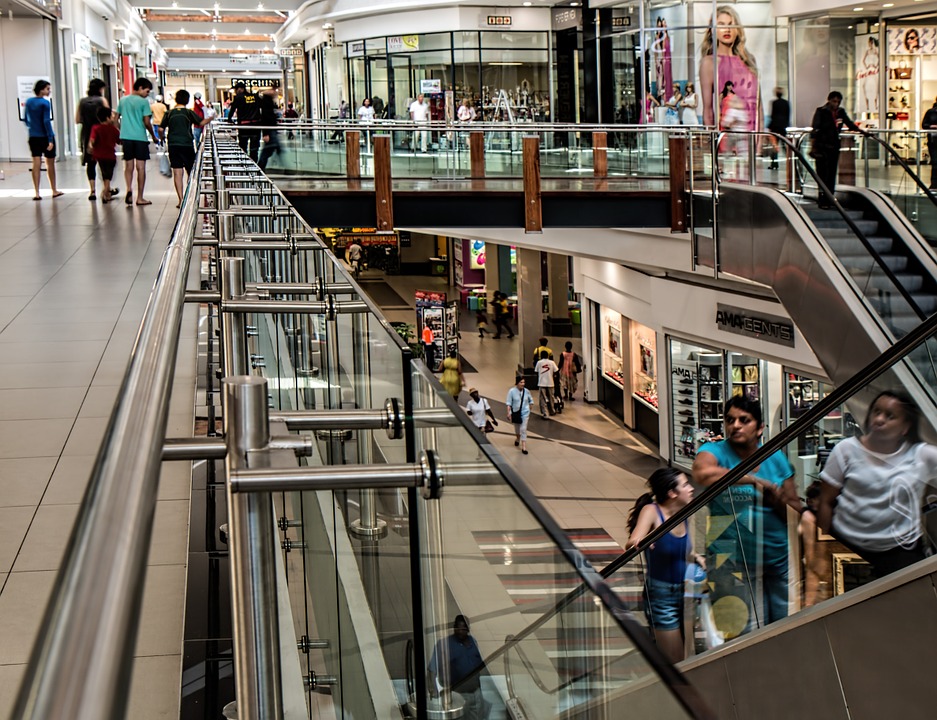Daily deals were all the rage in 2011. Groupon – the leader in the daily deal space – went public last year to much fanfare. The November IPO raised $700 million and valued the company at $12.8 billion at the time. It was the largest IPO by a Web company since Google went public. A few weeks later LivingSocial – the other big player in the space – raised $400 million to give it a valuation of $6 billion. But are daily deals the next big bubble (behind food trucks)? Groupon’s valuation is down roughly 60 percent since the IPO just 5 months ago.
Earlier this week, LivingSocial acquired Cleveland-based ONOSYS, a company specializing in ordering software. The software enables restaurants to receive orders over the Web and any number of connected devices (think mobile phones). Its clients include companies like Papa John’s Pizza, Panera Bread, and Applebee’s. LivingSocial also announced the launch of their first-of-its-kind co-branded Chase credit card. The diversification taking place is both a sign of things to come and a sign that daily deals alone are not the sole direction for many of these companies. You can also see this diversification within Groupon. Groupon has recently begun Groupon Rewards which will reward customers for total spend with a retailer based upon the credit cards on file with Groupon. Discounts and deals are then “unlocked’ like with Amex Sync and foursquare.
Much has already been written about the financials (and subsequently revised financials) of Groupon and so I want to focus on just a few points only tangentially related to their financial statements. Several insights can be gleaned from their amended 10-K, providing a view into the current structure of Groupon and companies like them as well as a look into what the future might hold.
It is clear the daily deals business has grown significantly. Groupon reported an increase in the number of active users (unique individuals who have purchased Groupons during the trailing twelve months) from 8.9 million in 2010 to 33.7 million in 2011. 2011 was clearly the year of the daily deal. Groupon financials will shine further light on the continued uptake of daily deals.
One of the great difficulties in growing daily deal-like services is the ability to scale the service or offering. This involves growing the number of merchant partners and each deal or offer is often customized with the help of a salesperson so in order to scale the service you need to expand your sales force – potentially significantly (Groupon’s sales force is up some 120% in the last year). This is one of the greatest assets of radio stations – they have strong inroads into the local merchant community. Newspapers are the same way. I’ve always thought radio stations would be good acquisition targets for someone like Hulu because they have strong inroads into the local advertising base. Things like Groupon Rewards are likely designed to scale the relationship between the merchants and Groupon so that the relationship can extend beyond a single deal or offer. Something like Groupon Rewards also enables smaller merchants to build loyalty programs. I also expect we’ll see Groupon and others look to extend their relationships with merchants by creating similar services and ultimately extending what they do for merchants.
Deals and offers are likely to become more segmented. Technology makes this possible. A small business often doesn’t have the bandwidth to determine what time of the day or which day in the week they should push selective deals to help drive additional traffic. But technology can help makes those decisions and so I’d expect Groupon, LivingSocial, and others to build technology-based services that small businesses can take advantage of. Deals will become segmented by time (of day, month, etc) and location (location-based services) at a minimum and I expect daily deal sites will evolve their services to help small businesses tackle these growth opportunities.


